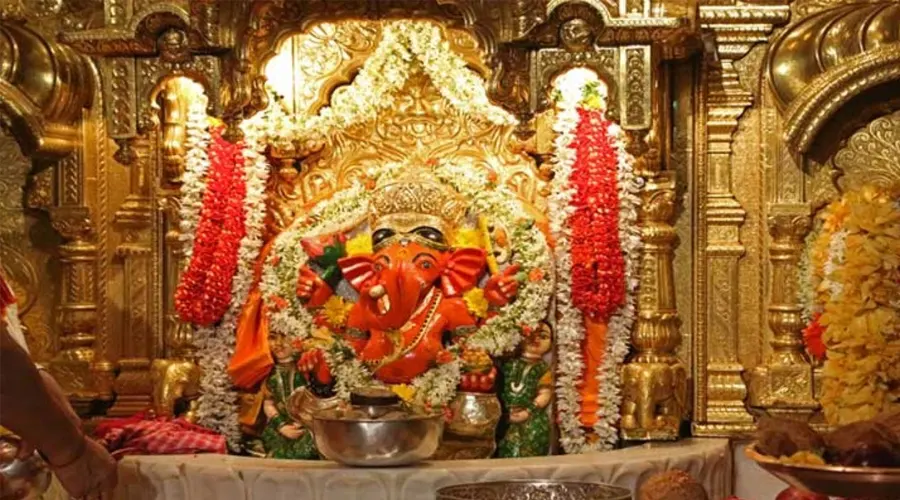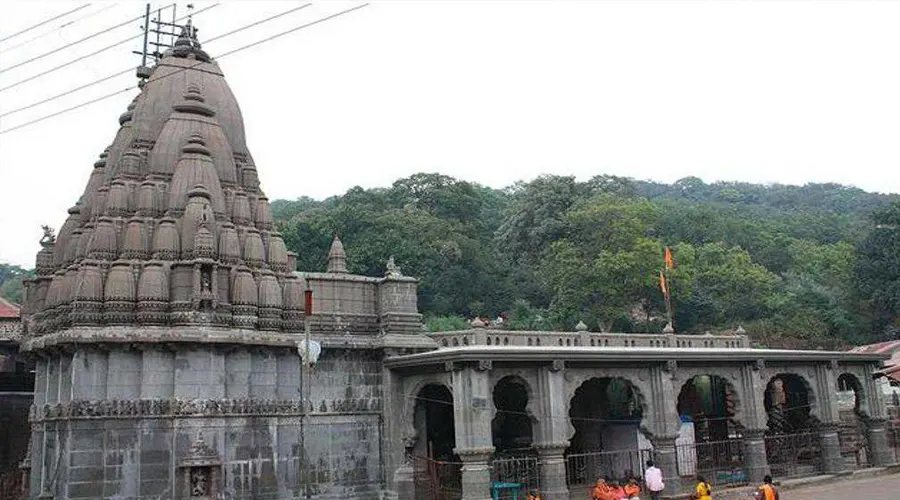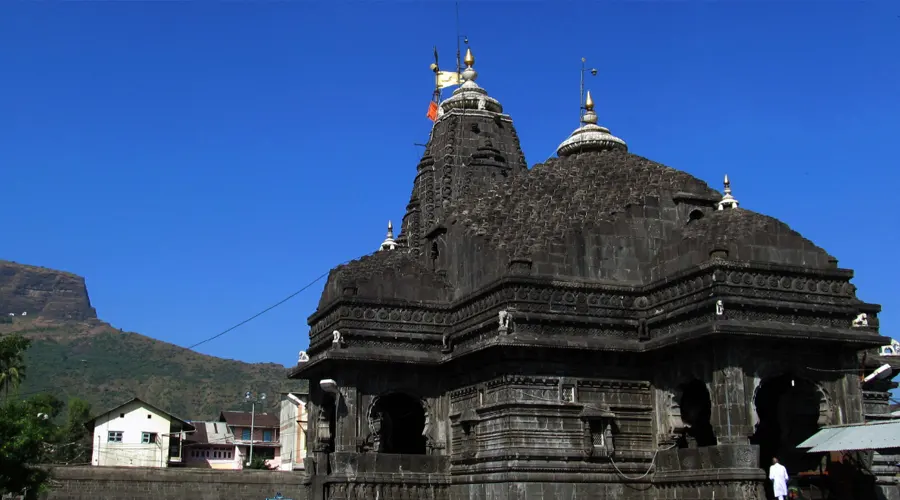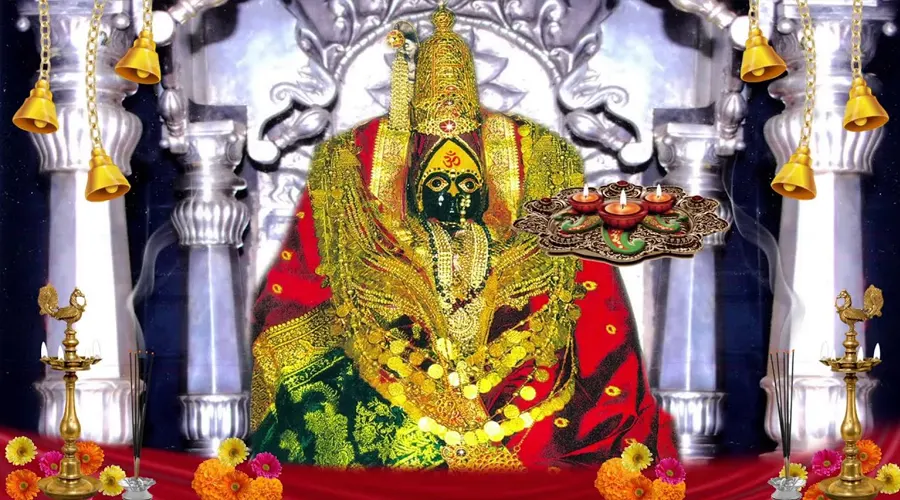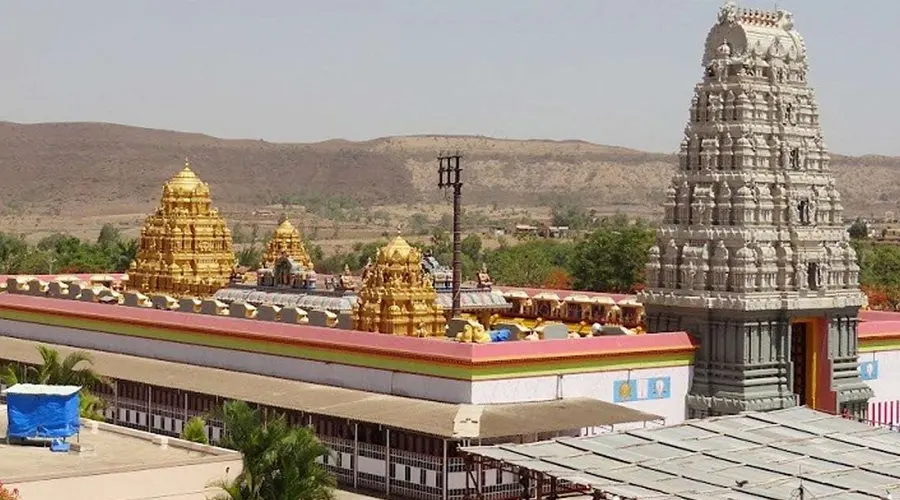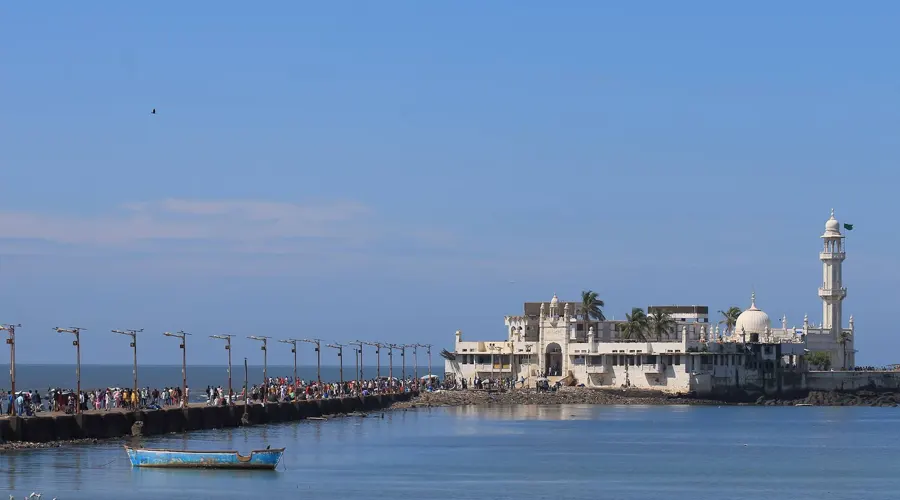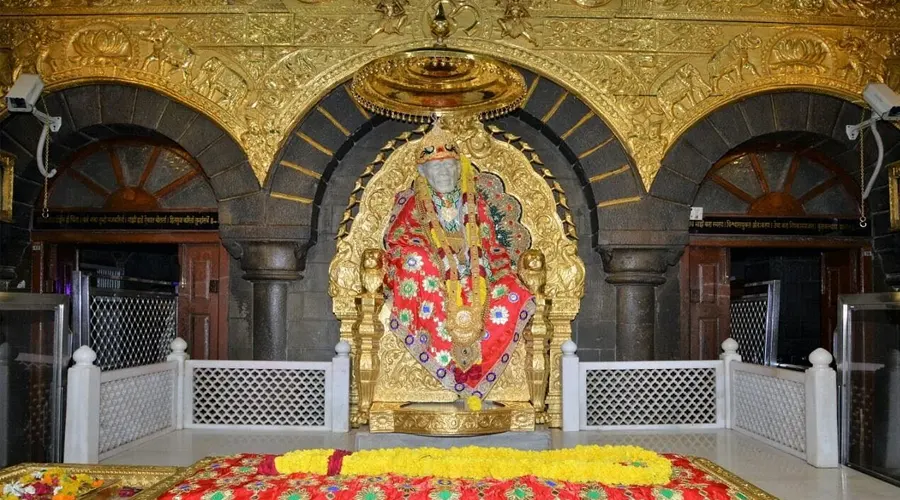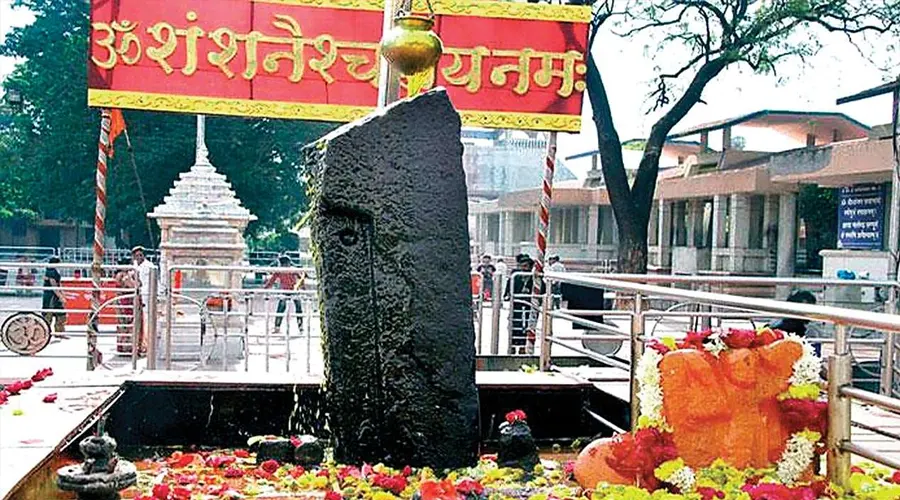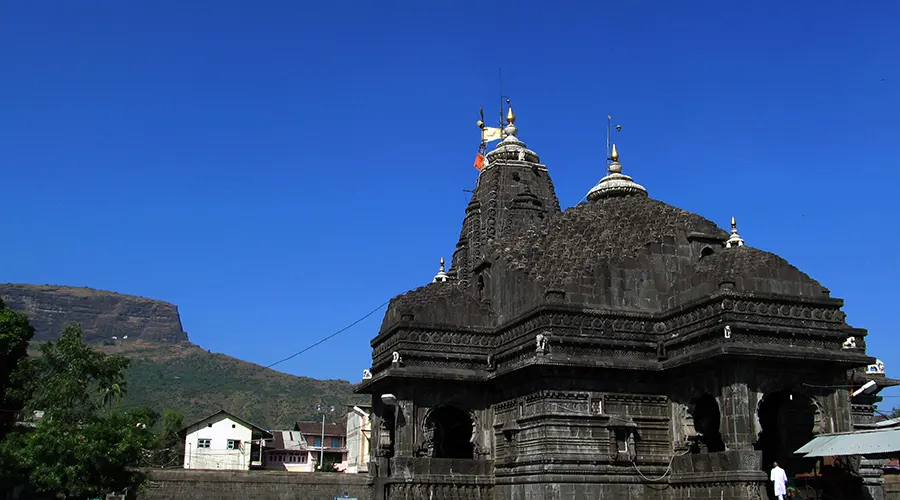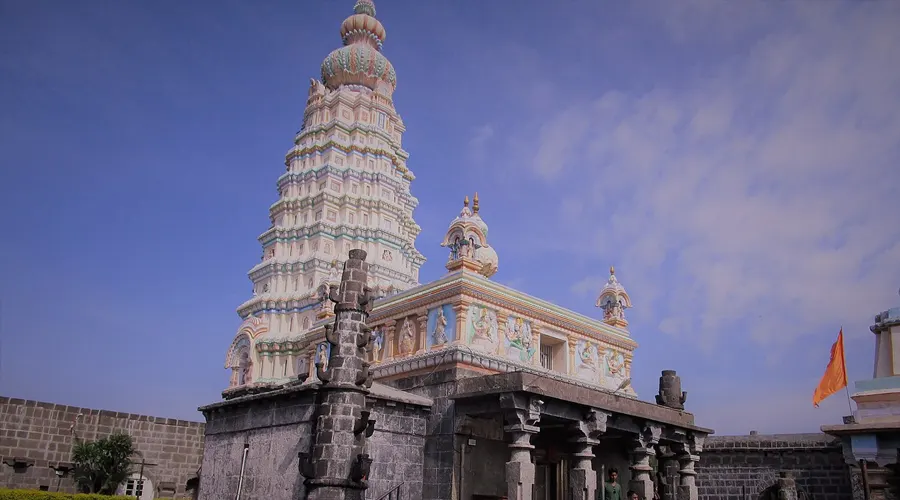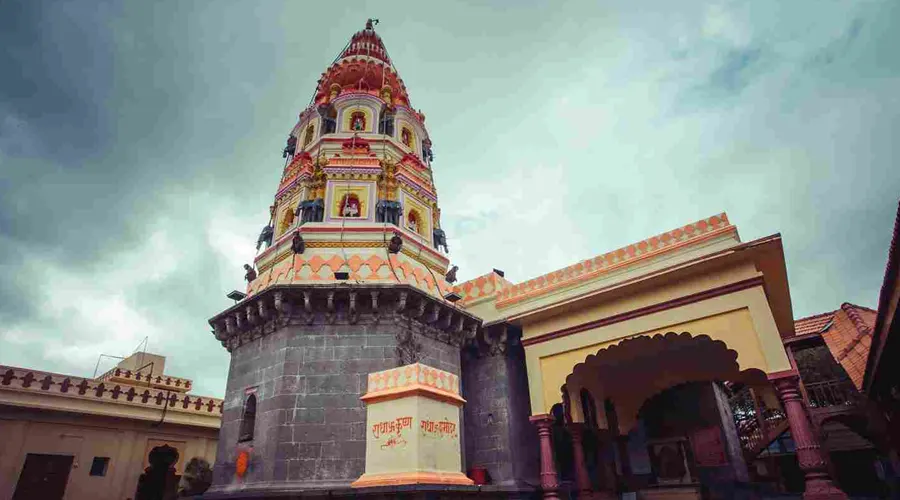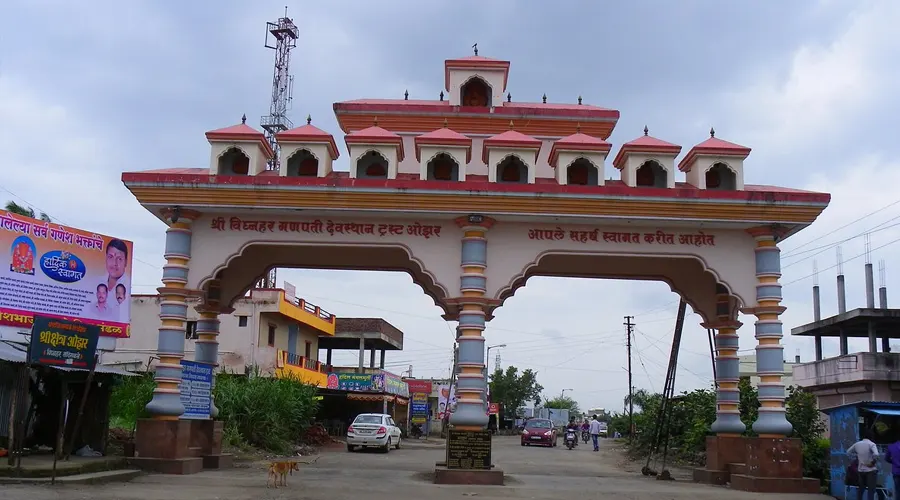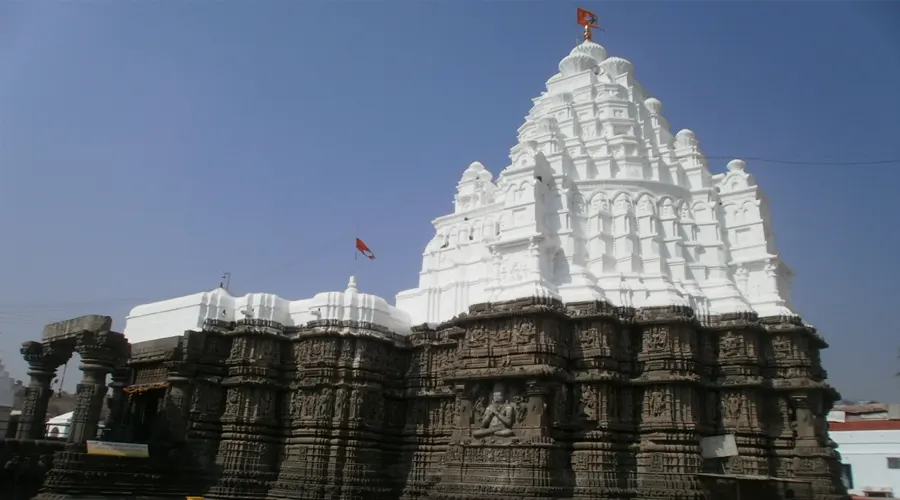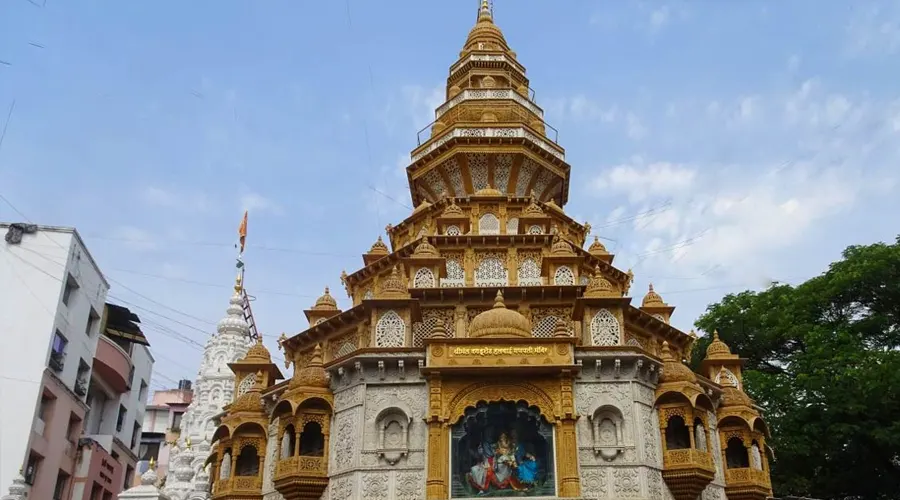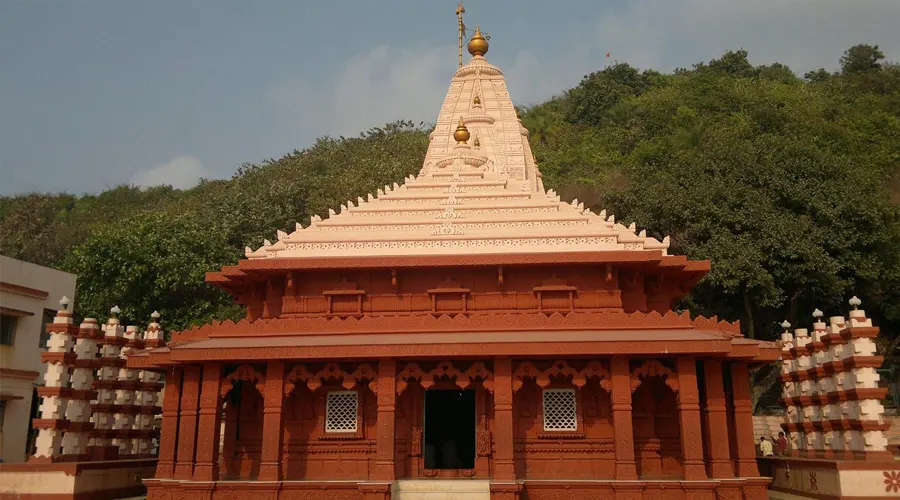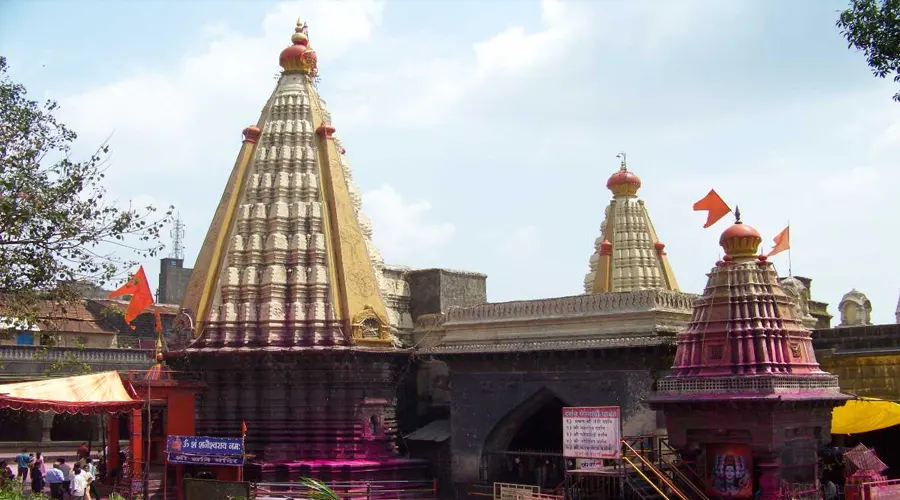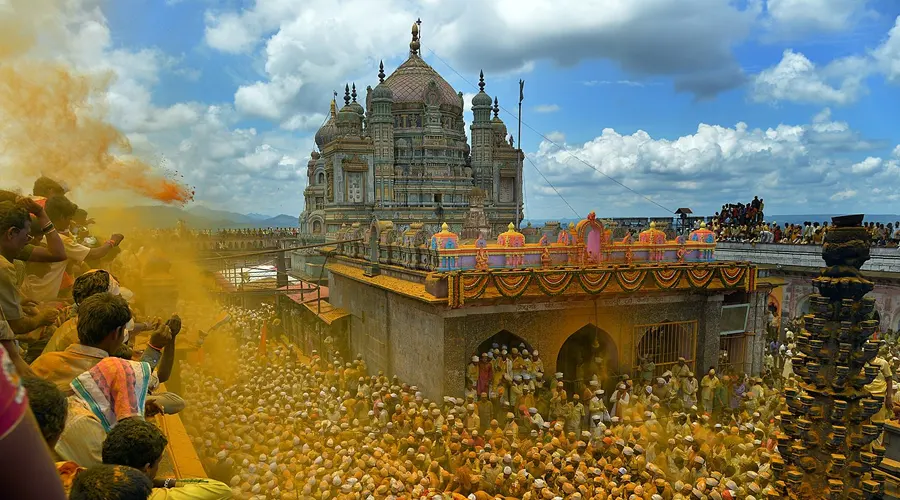Visapur Fort
Visapur Fort is perched atop a lush green hill in Ratnagiri district in Maharashtra. It accounts for a popular tourist excursion point amongst adventure mongers and nature lovers. With an elevation of 1084 meters from sea level, it offers some phenomenal views of the surrounding lush green hills.
Marking its prominence from the 18th century, this fort forms a part of the fortification of Visapur and Lohagad. This gigantic architectural marvel features ancient caves, arches, walls, and old houses. A bit further, notice the beauty of two roofless buildings. As Hanuman was considered to be the patron deity of Visapur, you can find many temples dedicated to him.
Within the Visapur Fort, there’s a famous well, which is believed to be built by the Pandavas. Somewhere nearby, you could find the presence of guns and other ammunitions belonging to the reign of Queen Elizabeth. Within its vicinity, there are also remnants of Mahadev’s shrine.
Other attractions of the Visapur Fort include a few isolated caves, old house ruins, ancient water cisterns, and a huge flour mill.
Trekking to the top summit of Visapur Fort is an unforgettable adventure for every single visitor. Although the climb is a rocky one, the trek is tranquil. You could either start your trekking adventure from Lohagadwadi or Patan Village. You may also try a hand at the paragliding activity which takes place nearby.
History
Visapur Fort is a hill fort built by Balaji Vishwanath during 1713-1720 CE. Balaji Vishwanath was the first Peshwa of the Maratha empire. Though the Visapur fort is built much later than the Lohagad fort, the two forts are closely linked as the Visapur fort is fortified for protecting the Lohagad fort. Both these forts are of Satwahan Era. To keep watch on Konkan and Bor Ghat, both forts were of great importance during Shivaji's period.
The British invaded India in the early 1800s and Peshwa's fort came under attack, also known as the Maratha kingdom's treasury, occupying the strategic strength of Lohagad fort was the best move the British took. It was occupied on 4 March 1818 by a detachment of 800 native and 380 European soldiers along with artillery from Chakan and two other British battalions. With Visapur having the advantage of higher elevation, the British troops installed their canons there and bombarded Lohagad to make the Marathas flee.
Architecture
Visapur Fort is a ruined architectural beauty standing at an altitude of 1084 meters. The Fort comprises many small streams, caves, beautiful intricate designs, and most importantly the Peshwa Palace which has been ruined completely. The fort is a giant structure entirely built of granite stone, and its protecting walls are quite strong and acts as a shield to the Lohagad Fort.
The walls of the fort and numerous bastions on them are still intact. The entrance of the fort is highly spacious consisting of a series of stone-carved steps. There are two open-roof buildings in the Fort area which are important structures as they used to be the secretariat building during ancient times.
The Fort is an abode of Lord Hanuman as you progress towards the interiors and move higher up the hills, numerous statues of Lord Hanuman and stone carved figure is visible which shows that he was largely worshipped by the Peshwas. The upper hilltop of the fort is referred to as the Hanuman Temple of the Fort especially.


